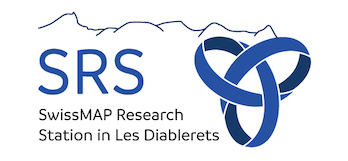Speaker
Description
A major challenge in the field of correlated electrons is the computation of dynamical correlation functions. For comparisons with experiment, one is interested in their real-frequency dependence. This is difficult to compute because imaginary-frequency data from the Matsubara formalism require analytic continuation, a numerically ill-posed problem. Here, we apply quantum field theory to the single-impurity Anderson model using the Keldysh instead of the Matsubara formalism with direct access to the self-energy and dynamical susceptibilities on the real-frequency axis. We present results from the functional renormalization group (fRG) at the one-loop level and from solving the self-consistent parquet equations in the parquet approximation. In contrast with previous Keldysh fRG works, we employ a parametrization of the four-point vertex which captures its full dependence on three real-frequency arguments. We compare our results to benchmark data obtained with the numerical renormalization group and to second-order perturbation theory. We find that capturing the full frequency dependence of the four-point vertex significantly improves the fRG results compared with previous implementations, and that solving the parquet equations yields the best agreement with the numerical renormalization group benchmark data but is only feasible up to moderate interaction strengths. Our methodical advances pave the way for treating more complicated models in the future.

